Web scene layers are cached web layers that are optimized for displaying a large amount of 3D content.
You can view scene layers in Scene Viewer and ArcGIS Pro or ArcGIS Earth.
You can publish a hosted scene layer using a scene layer package (SLPK) generated from ArcGIS Pro or from a hosted feature layer in ArcGIS Online, or you can publish 3D data from ArcGIS Pro directly to ArcGIS Online. When you publish directly to ArcGIS Online, an associated hosted feature layer is also created. Having an associated hosted feature layer allows you to edit the feature data and keep the scene layer in sync with those changes.
Scene layers with associated feature layers
Feature-based scene layers such as 3D object, building, or point can retain the connection to the feature layer from which the scene layer was created. The scene layer, together with the associated feature, builds a unit, allowing you to search for features or maintain the scene layer.
The following table summarizes the types of scene layers you can create and provides links to more information about, and examples of, each layer type:
| Scene layer type | Supports associated feature layer (editable) | Supports SLPK (read only) |
|---|---|---|
Yes | Yes | |
Yes | Yes | |
No | Yes | |
Yes | Yes | |
No | Yes | |
No | Yes |
3D object
You can use 3D object scene layers to represent and visualize 3D objects, such as textured or untextured buildings that are modeled in 3D. From ArcGIS Pro, you can create a 3D object scene layer from multipatch data published directly to ArcGIS Online either as a web scene layer with an associated feature layer or from an SLPK. In ArcGIS Online, you can publish a 3D object scene layer from either a hosted feature layer or from an SLPK. Alternatively, you can create an empty 3D object scene layer and edit the layer in Scene Viewer to add content.
In addition, ArcGIS CityEngine 2016.0 and later can export an SLPK from which you can publish a 3D object scene layer.
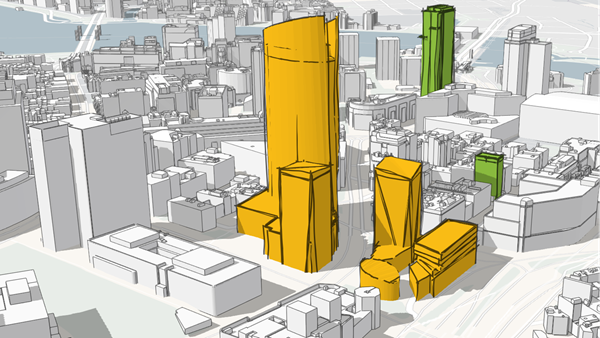
Building
Building scene layers allow you to visualize complex digital models of buildings and interact with all the components of the building. With building scene layers, you can explore a building's composition, properties, and location of structures in a building digital model. Building scene layers allow you to query and isolate discipline layers—such as structural or architectural—or categories, such as walls or roofs. They are used for engineering, architecture, surveying, and construction purposes. See Maintain and work with a building scene layer in the ArcGIS Pro help for an explanation of the multiple ways you can implement, use, and manage building scene layers. You can publish a building scene layer from ArcGIS Pro 2.3 or later as an SLPK. Beginning with ArcGIS Pro 2.7, you can also publish a building scene layer with an associated feature layer to ArcGIS Online.
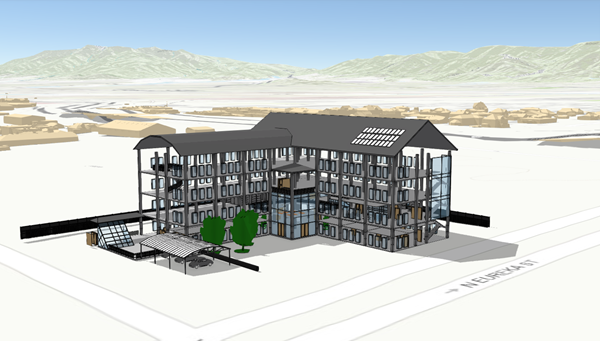
Integrated mesh
Integrated mesh data is typically captured by an automated process for constructing 3D objects from large sets of overlapping imagery. The result integrates the original input image information as a textured mesh using a triangular interlaced structure. An integrated mesh includes elevation information and can represent built and natural 3D features, such as building walls, trees, valleys, and cliffs, with realistic textures. Integrated mesh scene layers are generally created for citywide 3D mapping and can be created using ArcGIS Drone2Map and ArcGIS Pro 2.2 or later, which can then be shared to ArcGIS Online as an SLPK. See Integrated mesh scene layer in the ArcGIS Pro help for more information on this type of layer.
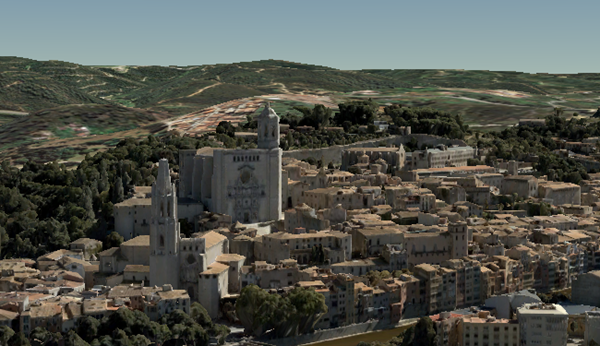
Point
To ensure fast visualization in all clients, cached point scene layers are used to display large amounts of point data not possible with a point feature layer. Point scene layers are automatically thinned to improve performance and visibility at smaller scales. Automatic thinning means that not all features are displayed at small scales; as you zoom in, additional features are displayed. For example, you can use a point scene layer to display all the trees in a city. In ArcGIS Pro, you can create a point scene layer from a feature layer shared directly to ArcGIS Online as a web scene layer. Also, in ArcGIS Online, you can publish a point scene layer from a hosted feature layer.
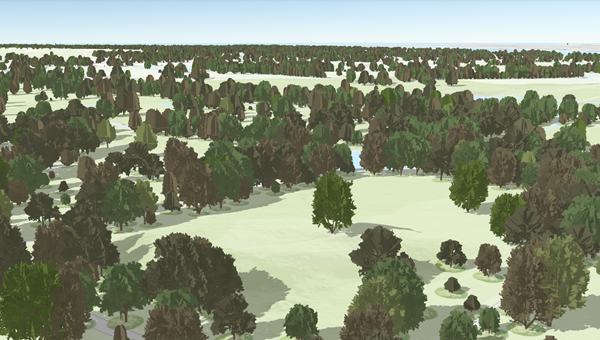
Point cloud
Point cloud scene layers allow fast consumption and display of large volumes of point cloud data in Scene Viewer and ArcGIS Pro 1.4 or later. You can apply smart mapping styles to point cloud scene layers in Scene Viewer. You can also configure these layers in ArcGIS Pro and publish them to ArcGIS Online as an SLPK. Point cloud scene layers in Scene Viewer can appear differently based on the symbology renderer type configured from ArcGIS Pro. Scene Viewer supports the following renderer types in ArcGIS Pro:
- Stretch
- Classify
- Unique Values
- RGB
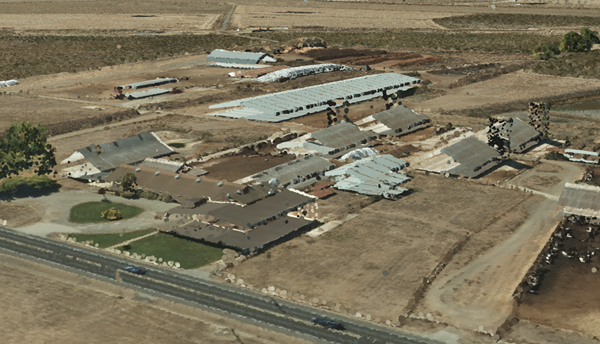
Voxel
A voxel scene layer represents multidimensional volumetric 3D or 4D data in Scene Viewer and ArcGIS Pro. In local scenes, you can visualize atmospheric or oceanic data, geological underground models, or space-time cubes as voxel scene layers. Use voxel layers to access and explore volumetric data about the world and better understand conditions that you can't physically experience. For example, an underground model visualized as a voxel layer can be viewed together with buildings or subterrain utilities to evaluate the underground for planned construction or maintenance.
You can create a voxel layer in ArcGIS Pro and share it as a web scene layer or within a local scene.
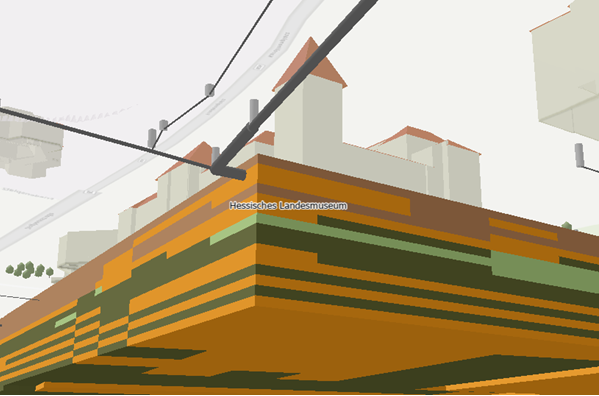
Note:
- For optimal performance of voxel layers, a high-performance graphic card is required. For more information, see Scene Viewer requirements.
- Mobile support differs across devices. Voxel scene layers may not display as expected.
- The Elevation Profile interactive tool is not available with voxel layers.
- The measurement distance and area honor the vertical exaggeration applied. The results may vary depending on whether a vertical exaggeration is set.





